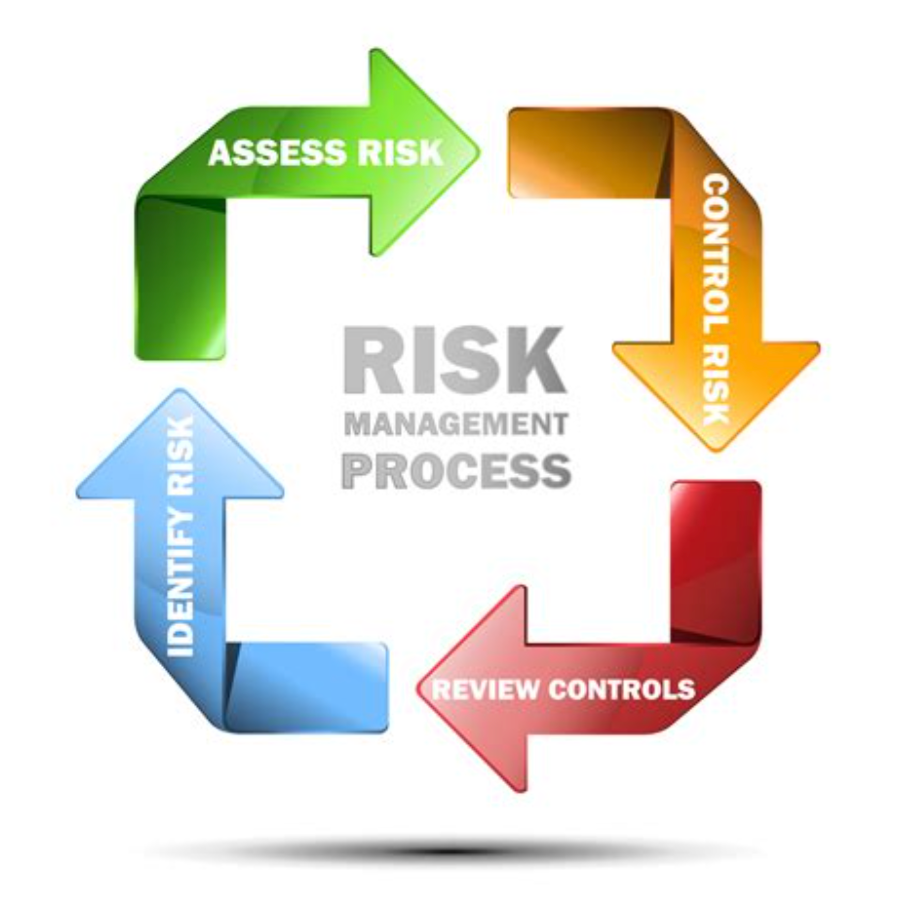
ek01
Risk Assessments And Firearms Trainers
There is an elephant in the firearms training room – too few instructors critically assess the impact of carrying a firearm in the everyday lives of their students. Let’s face it, many instructors are cops or military (active or retired). They work in a 2A-heavy culture, as do their friends. There is an echo chamber of gun rights advocacy, a self-defense mindset, plus discussions of the latest gadget. Many in this group – eat, sleep, and breathe all things gun, while their students or readers are not always entrenched in that life.
What follows is a challenge to firearms instructors, social media content creators, students, and anyone seriously interested in concealed carry and self-defense while having and keeping a career.
Don’t get me wrong; I’m a huge advocate of carrying a firearm whenever possible. Best practices of self-defense start with simply HAVING the gun with you. Here’s some sage wisdom – it’s not possible to use a firearm for self-defense if you don’t have one. What gets ignored, and even scorned and derided, is that some circumstances put you at greater risk when carrying a firearm.
This is where an honest risk assessment should take place. “We” must stop deriding those with legitimate reasons for not carrying a firearm daily. I will focus this article on people who opt out of carrying in their workplace. Fear of losing one’s job over carrying a firearm at work is a legitimate reason to assess your risks.
Corporate America thrives on efficiency and objectivity. Numerous industries have robust risk assessment models that easily translate into self-defense and concealed carry. However, no one talks about this; it is time to start.
Before delving into the risk matrix – a primer on American office life is in order.
After a nineteen-year career in corporate America and trying to blend my profession with a passion for Second Amendment rights, I rarely encounter another Gun Guy who truly understands the ins and outs of American office life. Corporate culture impacts those students with an honest desire to protect themselves but struggle with the dogma of carrying 100% of the time. There is an answer, but it looks ugly because it is not as simple as “just carry with this magic holster.”
Consider that most offices in America are gun-free zones. I have worked with multi-billion-dollar, multi-national clients down to small OEM businesses. Universally, they had no weapons policies, prohibiting everything except a rape whistle. Also, employers universally reserve the right to search your desk and property while on site.
More than the policies prohibiting concealed carry is the culture that abounds in corporate life. This is a place where even something like ‘negative language’ (‘no, can’t, won’t, don’t, shouldn’t, etc.’) can get you labeled as difficult – as in, “No, we can’t test product X by that method, it doesn’t work.” This isn’t good in office culture. Transparency and directness are wrong – I would argue these personality traits suit defensive-minded people. How could someone softly, gently, or weakly tell an aggressive stranger to GET BACK? Verbal agility and defensive skills require directness and presence – traits eschewed by corporate culture.
Even worse yet, in the business world, would be a polite but direct confrontation with a co-worker over any work-related issue. In management’s mind, this would put a magnifying glass on an individual. Being willing to tell a co-worker he was impolite, incorrect, mistaken – you name it – intimidates co-workers no matter how mild or polite you might be!
One last example of benign things that are bad in American office life – is being perceived as having any physical stature or prowess (i.e., being known for studying martial arts, weightlifting, contact sports, etc.).
What does this have to do with risk assessments and concealed carry in an office? The traits that make someone likely to be interested in concealed carry and even capable of successfully defending themselves are those that draw scrutiny, make co-workers suspicious, and get one labeled as a loose cannon. “Oh, Joe Engineer boxes – don’t piss him off!” Now, consider coaching this person as an instructor or cajoling them with internet dogma about carrying a firearm in fitted business clothes at work.

Odd-looking lumps and bulges stand out. Be cautious when telling someone about the latest and greatest whiz-bang carry method. You might be missing their concerns (Courtesy of The Suited Shootist).
Repeating shallow mantras (carry on your person all the time or you’ll DIE) leaves people no other options. Does your student take a risk and carry at work because the internet got to him? Or, will he walk away altogether because this does not address their daily risks (more likely)? This mindset alienates people who genuinely want answers. These people want to carry, but the risk they face from being caught carrying is more tangible than potential violence.
Here is where a risk assessment comes into play. It is genuinely a valuable exercise for all involved in firearms to undertake. Instructors can do this and better understand their student’s legitimate concerns. Content creators can do this and reconsider bloviating about best practices with blanket solutions and alienating those honestly seeking information.
The reality is the solution for someone with a career in corporate America is neither standard, ideal, nor clear-cut. This chapter of this series will end with this: even if no one else does, I give you, the office professional, permission to carry a smaller gun, or even NO gun, if the risk of losing your job is too significant compared to the likelihood of violence you face. However, you must perform an honest assessment of your life and risks. For some, sub-optimal carry modes are a necessary solution to an unacceptable risk. Our community, as a whole, would do better to stop pretending this isn’t so.
A future article will focus on identifying and assessing your risks.















